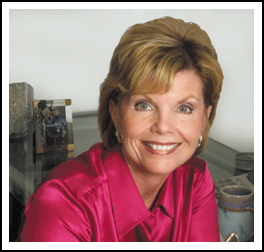Seeking Inner Trading Space
Daytrading With Toni Turner
by Jayanthi Gopalakrishnan
Toni Turner is the best-selling author of A Beginner's Guide To Day Trading Online and A Beginner's Guide To Short-Term Trading. An investor/trader with 14 years' experience, she is a popular educator and speaker at financial conferences across the country.Turner has appeared on NBC, MSNBC, CNN, CNNFN, and CNBC's "Power Lunch." She has also been interviewed on dozens of radio programs and featured in CBS MarketWatch.com, Fortune magazine, and Bloomberg Personal Finance. Currently, she is writing the third book, to be published by St. Martin's Press in the spring of 2005. STOCKS & COMMODITIES Editor Jayanthi Gopalakrishnan spoke with Toni Turner on May 4, 2004.

"You need to internalize the market, and if you can't feel it, then you need to back off. If you're sick or had a fight, don't trade."